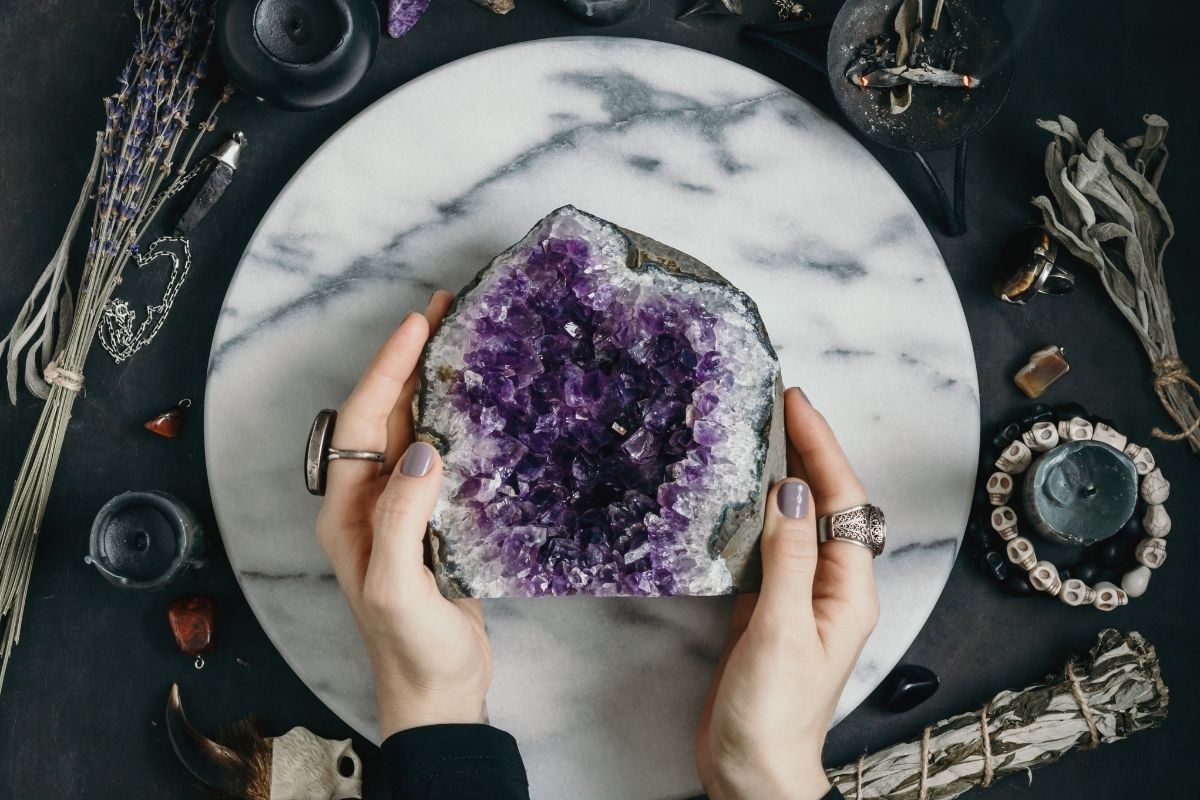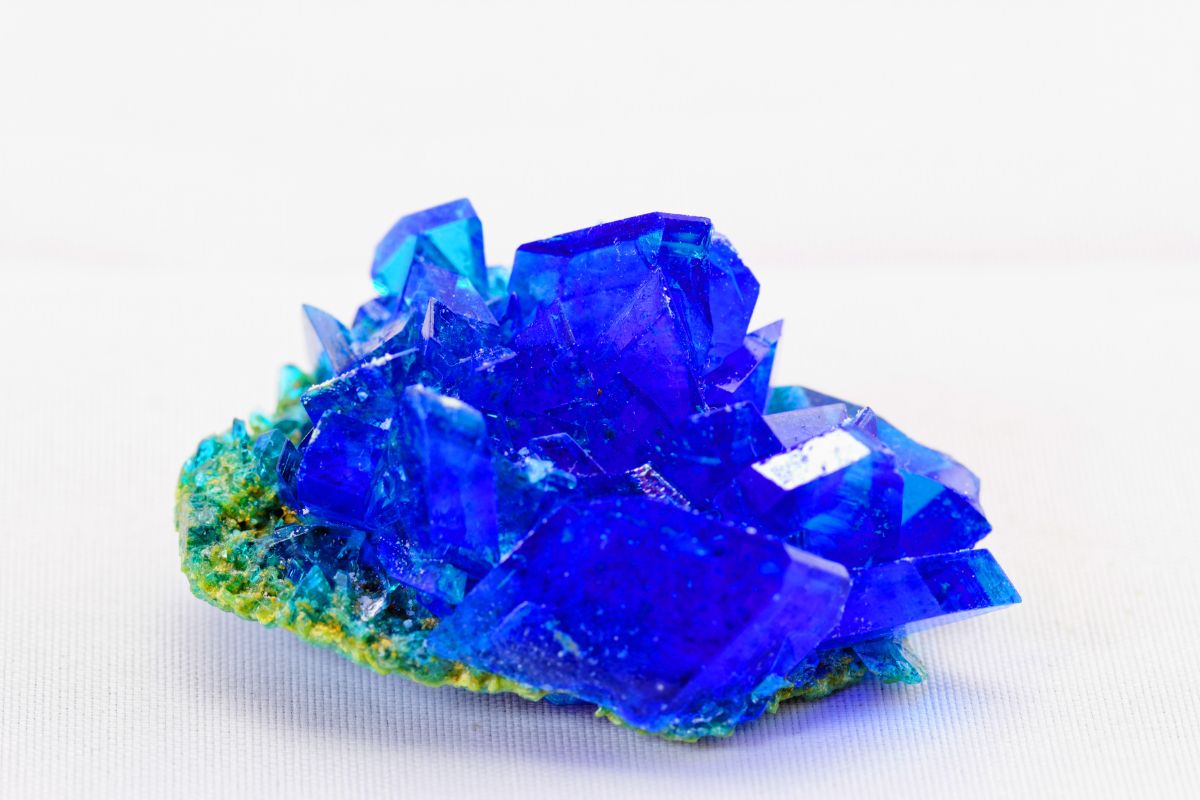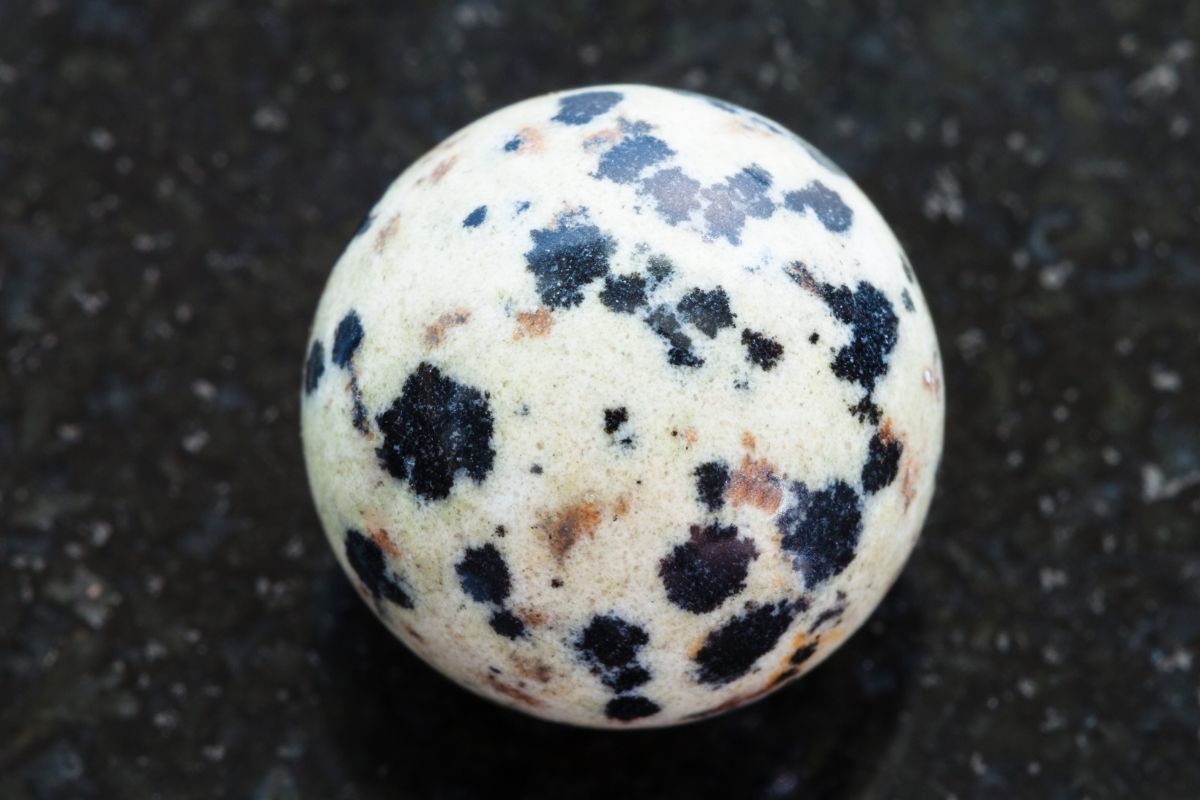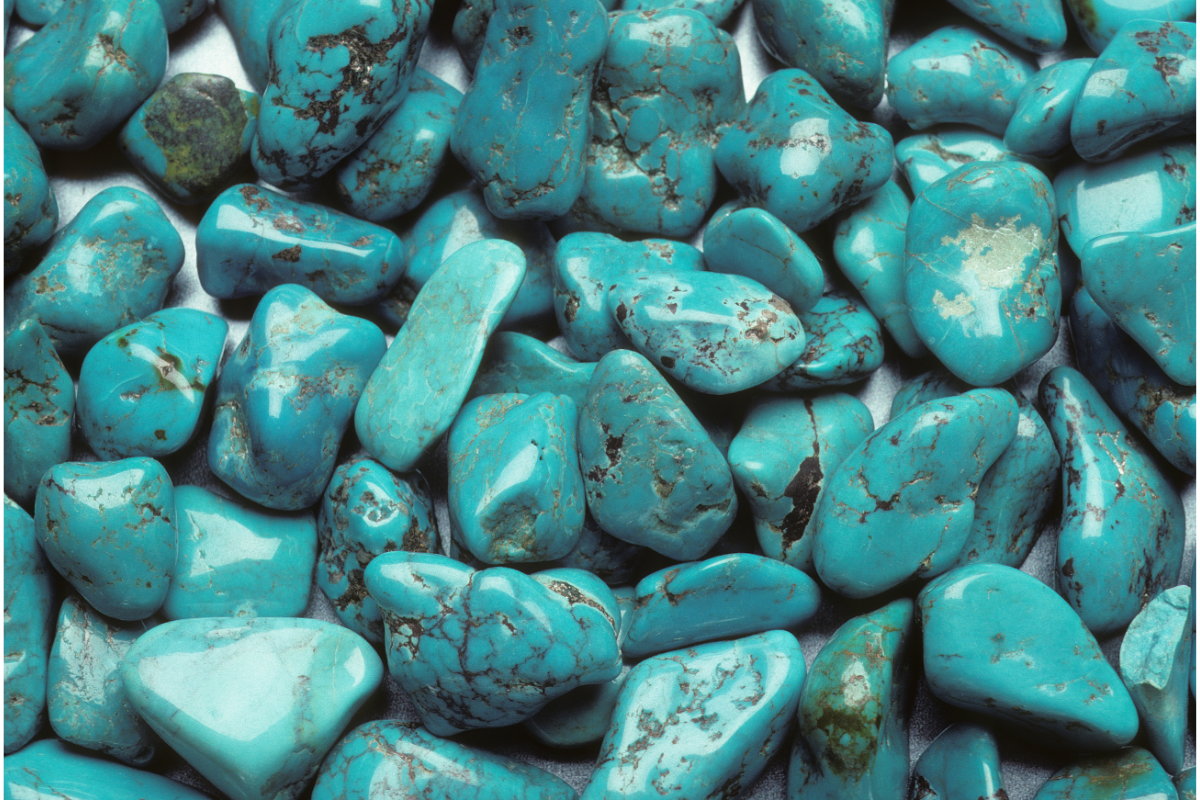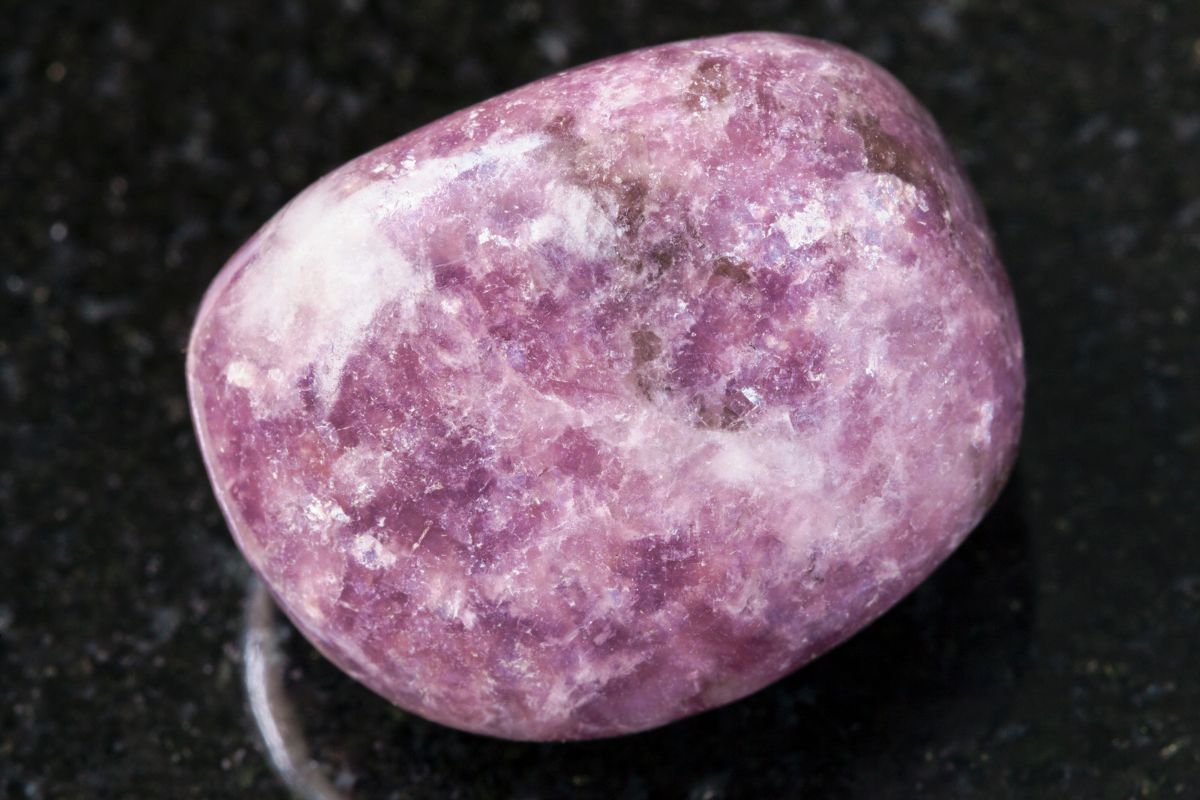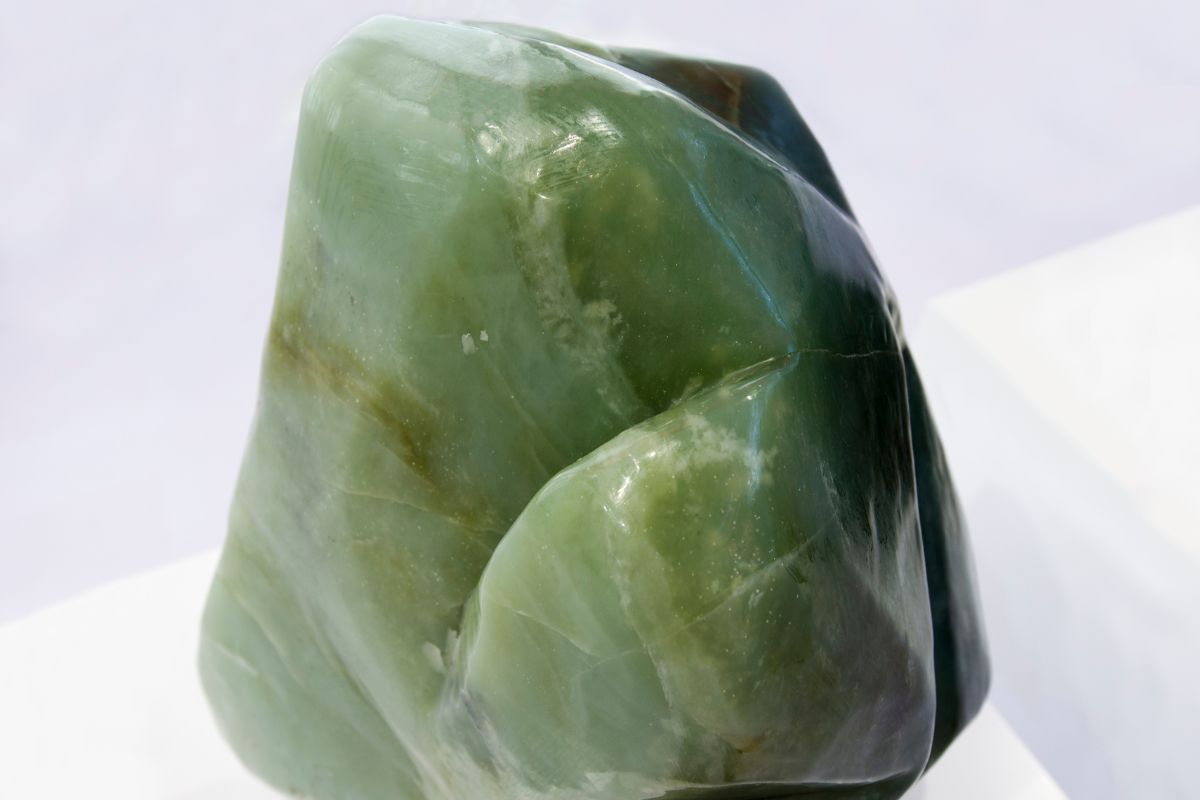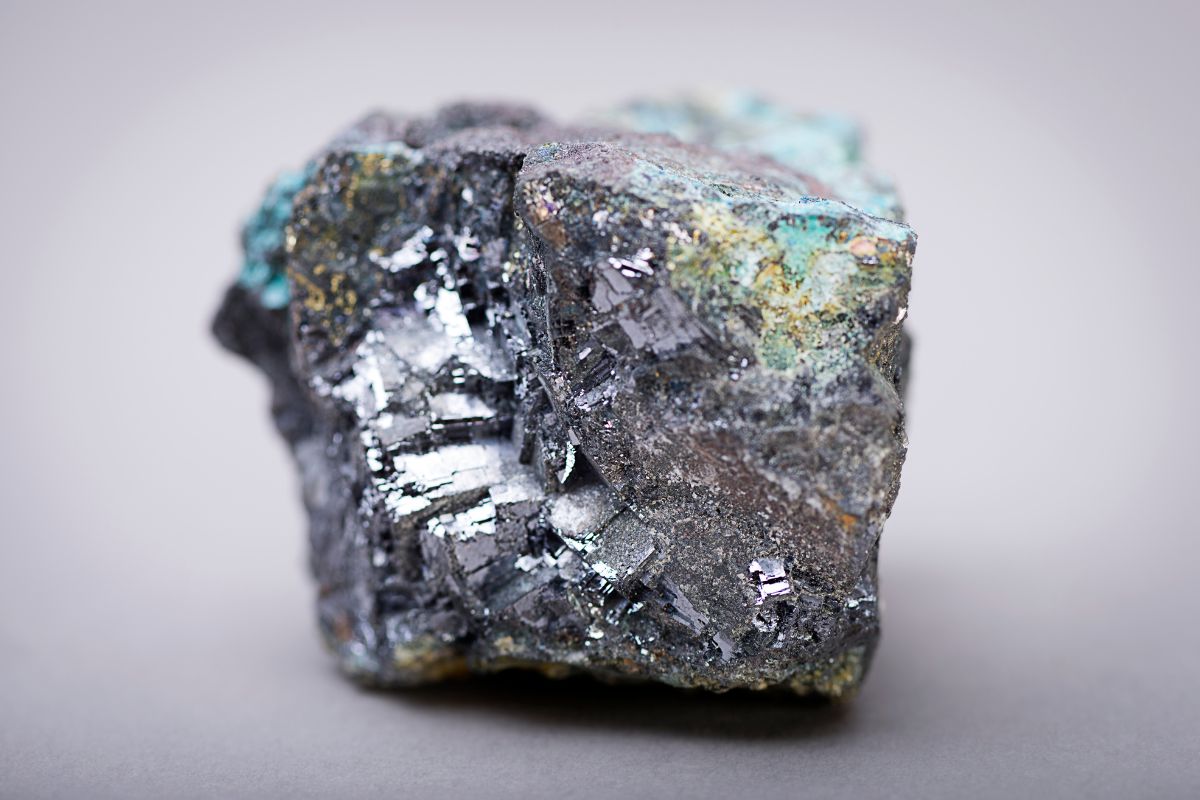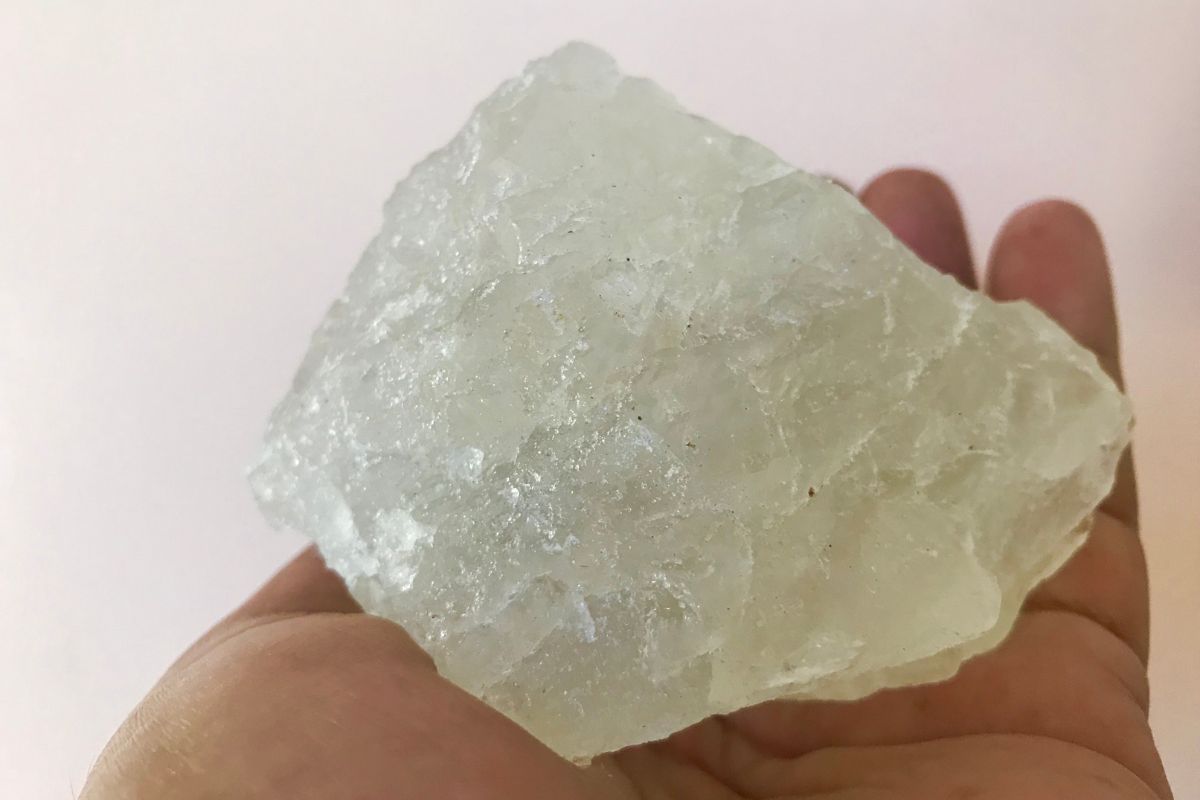Lapis Lazuli is a vibrant blue gemstone with sparkling gold spots. As a rare and delicate crystal, it needs to be taken care of and preserved in a special way.
Especially when you plan on cleaning your Lapis Lazuli, you must be gentle with it and very careful. So, the most obvious question you might have is whether or not it can go in the water.
![Can Lapis Lazuli Go In Water? [What You Need To Know]](https://thatcrystalsite.com/wp-content/uploads/2022/12/Can-Lapis-Lazuli-Go-In-Water-What-You-Need-To-Know.jpg)
Even when you’ve just bought your Lapis Lazuli necklace, you might be wearing it all the time and even consider showering with it. But can you do it?
In this article, we have all the answers you need as to whether or not Lapis Lazuli can go in the water, what kind of water could work or not, and how you can best clean your stone.
Can Lapis Lazuli Go In Water?
Not all stones can go in the water without getting damaged, and since Lapis Lazuli is a delicate stone, it only makes sense that you might have these questions.
Luckily, we have the answer and some tips that can help you protect your stone and keep it forever!
When specific criteria are met, Lapis Lazuli can get wet. We have some advice below and tips on how and when you can wet your Lapis Lazuli, so keep reading below!
Keep Track Of The Time You Will Keep It In The Water
This is a general washing guideline for any crystal you want to clean, but it needs to be adopted only if absolutely required; otherwise, experimenting with other options is preferable.
In general, immersing your crystal in water for prolonged periods of time can be damaging.
You must keep in mind that putting lapis lazuli underwater for extended periods of time does not guarantee that you will completely remove all the negative energy they have or that your crystals will be nice and clean after that.
In this particular instance, extended water contact could disintegrate specific components in Lapis Lazuli, like calcite, resulting in your crystal looking destroyed and scrubbed of its distinctive golden glow.
Furthermore, submerging Lapis Lazuli in water for a prolonged period of time may cause molecular reactivity that we would prefer not to be nearby when it happens.
Let us go over this important point in greater detail.
Lapis Lazuli consists of pyrite among other things, and whenever this mineral element is exposed to water, it will start releasing sulfur, which may be dangerous if it touches the skin (see also ‘14 Beautiful Dangerous Crystals‘).
However, in case you notice that the Lapis Lazuli needs to be cleaned up with water, you must wear protective gloves prior to actually putting it in and after removing it from water to avoid being exposed to sulfur that could be released into the liquid.
Afterward, dry the lapis lazuli with a soft cloth to ensure that the stone is perfectly clean. It is very important you use a soft cloth and not a rougher material as the latter could damage your crystal’s surface.
Use Cold Water Only
With crystals, you want to avoid abrasion, and hot water isn’t going to help you with that. So, the one thing you should never do is use hot water to clean the Lapis Lazuli stone you own.
Hot water could change the pure bluish color of your Lapis Lazuli and turn its colors dull and less sharp, ultimately robbing Lapis Lazuli of its iconic majestic blue color.
As such, to sanitize your lapis lazuli with water, use cold water or some that are at room temperature, which is among the most important measures for protecting (see also, ‘8 Crystals for EMF Protection‘) your crystal from possible deterioration and preserving its lovely vibrant blue tint.
![Can Lapis Lazuli Go In Water? [What You Need To Know]](https://thatcrystalsite.com/wp-content/uploads/2022/12/Can-Lapis-Lazuli-Go-In-Water-What-You-Need-To-Know-1.jpg)
Avoid Using Salt Water
Saltwater is another thing you should avoid using to clean your Lapis Lazuli, as salt can oxidize the crystal and destroy it.
In case your Lapis Lazuli is accidentally exposed to salt water, you must immediately clean it with pure water and allow it to dry completely.
Saltwater is normally not preferred for cleaning any kind of gemstone because the salt can destroy them.
Therefore, while you might be tempted to wear your Lapis Lazuli jewelry and take some photos taking a swim in the sea with them, try not to do so.
Avoid Using Chemical Cleaning Products
In case you didn’t think of this as a possible case scenario, using chemicals on natural stones like Lapis Lazuli will damage them.
If hot water is to be avoided, then chemical products should be out of sight when cleaning your stone as they are even more abrasive.
So, when you are about to use such products to clean your house – you might, for example, get the bleach out to mop your floor – make sure you are not wearing any Lapis Lazuli jewelry or any other such gems for that matter.
Furthermore, it is obvious that the use of any cleaning products containing lemon juice, bleach, vinegar, or baking soda to sanitize your crystal is a no-no.
Each one of the above components could end up causing substantial deterioration to the stone, which would sadly be permanent.
If such chemicals touch the Lapis Lazuli stone, its upper protective layer will eventually change and deteriorate, leaving the stone unprotected and thus susceptible to destruction.
As a result, to sanitize your Lapis Lazuli stone you can either use cold water or naturally sourced soap that’s free from chemicals.
How Else Can I Clean The Lapis Lazuli Stone?
Even though water, salt water, and chemical products are not ideal for cleaning your stone, there are some natural products that can help you out, with sage being the best one.
Indeed, sage is a fantastic method for cleaning your lapis lazuli stone as it is both safe and highly efficient.
Before using your sage sticks, you need to make sure you have opened your windows so that the fumes produced by the sage won’t make you suffocate, and that clear air can always enter the room.
Then you need to put the Lapis Lazuli in front of you, light your sage stick, and allow the smoke to surround the stone for a couple of minutes.
This tactic is just as efficient in purifying Lapis Lazuli; it appears to work by clearing the stone’s energy field from any bad energy, allowing you to recharge all of the magical healing forces of this gorgeous blue gem.
The Bottom Line
If your Lapis Lazuli is extremely filthy or has dirty spots which can be cleared by scrubbing it with a clean cloth, you could then use water, but, as we said, it’s not ideal, especially when it’s hot.
Also, remember to put on a pair of gloves when trying to clean the stone with water to avoid coming into contact with the toxicants that it might release when it is exposed to water.
However, the best way to clean it is by using sage sticks that can clean it and also purify it and detoxify it from any bad energies!
- 15 Crystals That Cannot Be Exposed To The Sun - January 7, 2024
- Malachite Vs Fuchsite – Benefits And Uses - January 7, 2024
- Malachite Vs. Green Jasper: Benefits And Uses - January 7, 2024


